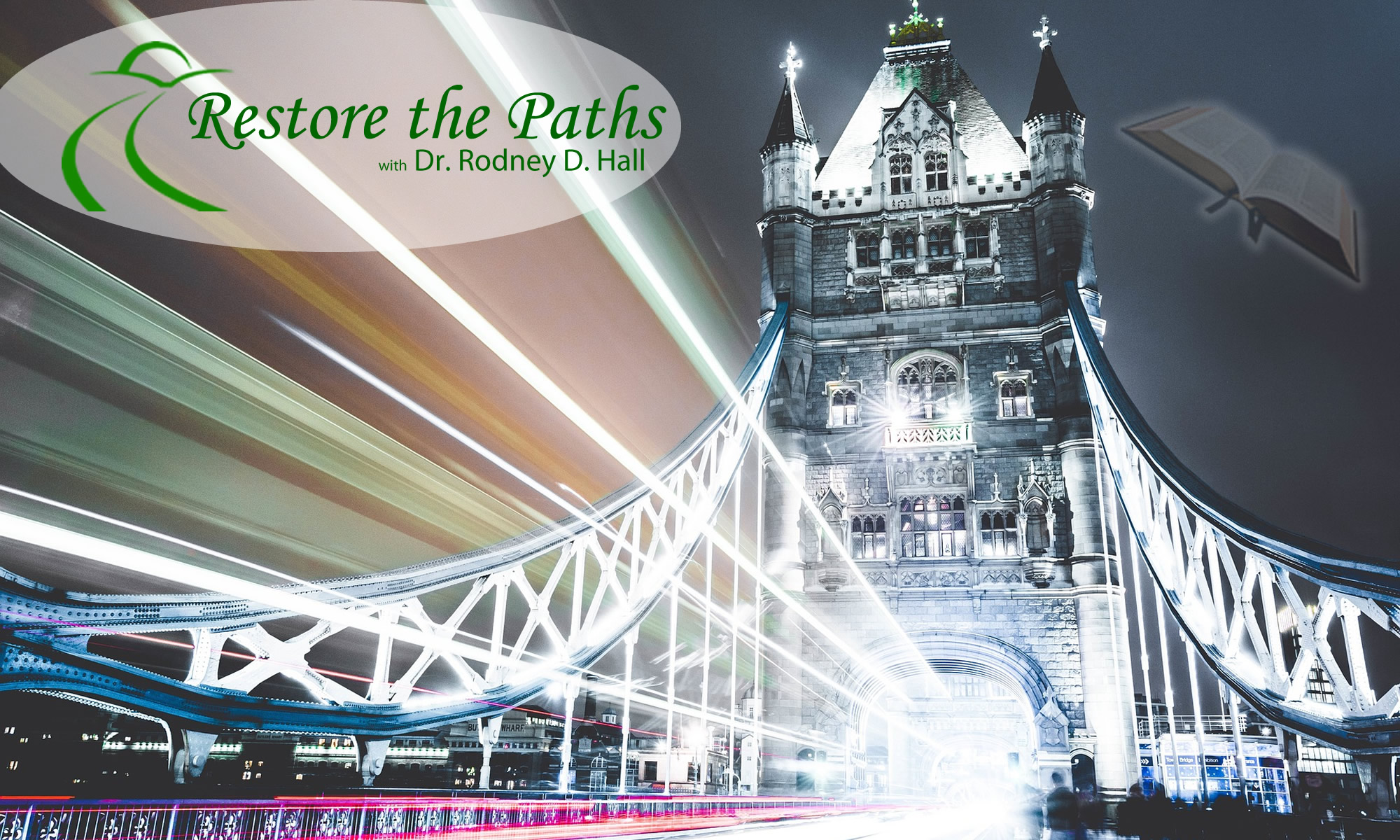 An easy metaphor for our current reality is a boat on a storm-tossed sea. A graphical representation of that metaphor could be painted as miles of ocean surrounding a tiny boat that is tilting to one side about to be engulfed by a large wave, as torrents of rain pour from above. Such a picture would provide an observer a singular perspective of the dangers of the storm and the isolation and vulnerability of the vessel.
An easy metaphor for our current reality is a boat on a storm-tossed sea. A graphical representation of that metaphor could be painted as miles of ocean surrounding a tiny boat that is tilting to one side about to be engulfed by a large wave, as torrents of rain pour from above. Such a picture would provide an observer a singular perspective of the dangers of the storm and the isolation and vulnerability of the vessel.
Unfortunately, such a picture would not represent our modern perspective. That view is too far removed from the actual experience; the sheer terror of turmoil and danger; the pure adrenaline of the moment and the filters of our past experiences. No, our perspective is painted from the boat itself. We are often plagued not only with the fears we know, but also the ones we do not. Mental images of jagged rocks just beneath the surface, vessels and other dangers just beyond our ability to see, circling sharks awaiting their next meal. We are driven by our deepest fears as we desperately cling to some semblance of hope in a future where we can survive.
Matthew chapter 8 brings the metaphor to life in the story of the storm on the Sea of Galilee. We can only imagine the disrobing of each man’s character as the storm threatened to engulf them all. Their normal, peaceful existence was disrupted by a life threatening storm. Although scripture doesn’t describe the conversations among the disciples before someone finally had the idea to wake Jesus, I imagine it going something like this, “Didn’t you check for stormy weather?” “Why didn’t you bring the other boat, it is much better in storms?” “I told you it wasn’t a good day for boating.” “This is all your fault, and now I am going to die.”
In 1633, Rembrandt painted his perspective of “The Storm on the Sea of Galilee.” Interestingly the man who lost three of his four children and his wife to death and found himself bankrupt painted himself on the deck of the ship. I suppose he felt he could relate. I find it fascinating that he is holding a rope with one hand, holding his hat in place with the other and appears to be looking directly at the artist. Is it possible that he was looking to the person that had the bigger perspective – Father God?
If so, Rembrandt knew something that all of us desperately need to learn. Our best and truest answers to the problems we face are not found in our limited understanding, our experiences or in the council of others facing the same challenges. Jesus was the only one on the boat that knew the Father’s perspective. When He tapped into that perspective, it only took three words to change everything, “Peace, be still.” Suddenly, all was well.
If we are to gain a greater and broader perspective of the storms we face, the framing of the first picture must be zoomed out even further and must borrow symbolic elements of the invisible world. No longer would we simply see the ocean, waves, rain, and boat, we would also see the hands of our loving God and Creator who sent his only Son to cry aloud, “Peace be still.” With feet pointed toward earth, and eyes toward Heaven, Jesus formed a bridge for humanity to once again reach our Heavenly Father. With arms extended wide toward opposite sides of the globe, Jesus strained to gather all of God’s children together in love, forgiveness, and healing.
Let us honor the work of the Cross and the love of our Father by extending our hands in sacrificial love as we lay down our rights, experiences and our perceptions of truth in favor of the greatest truth of all, “For God so loved the world…”
Shalom!
